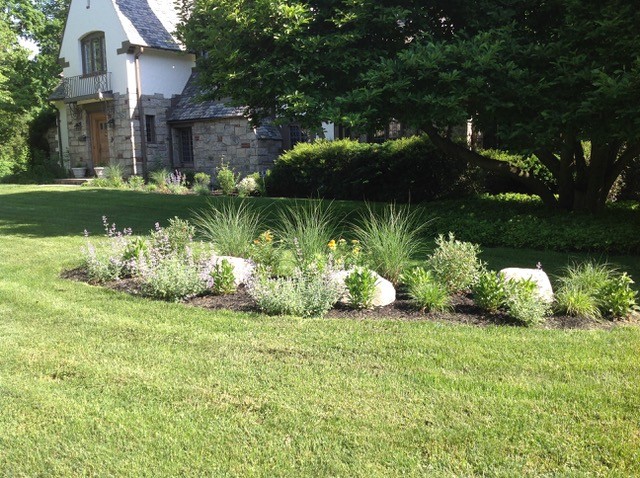


THE INFORMATION LISTED ABOVE IS BELIEVED TO BE ACCURATE. It is important that anyone using any of these services understand that it is their own responsibility to ensure that they are getting a reliable and quality service Landscape Designersĭanna Cain, Registered Landscape Architect and Garden Designer The listing of these services does not imply any kind of endorsement by the GNPS of these particular businesses. With hundreds of plants to choose from, we use our education and experience to pick the most suitable plants for your landscape and lifestyle.This list has been compiled to make it easier to find landscaping services that incorporate native plants in their designs. Whether you choose a formal or informal planting style, your final natural landscape can still consist of many different plant types, including trees, shrubs, perennials, vines, wildflowers, prairie grasses, etc.

In these cases, we use non-invasive species to ensure that these plants do not spread to and negatively affect the surrounding landscape. There is a minimal number of native plants used in order to encourage a more uniform look.Īn informal planting is typically based on a larger variety of plant species to create a more random and unpredictable garden.Īt Formecology, while we focus on incorporating native plants into our landscape design, we do accommodate the occasional request for non-native plants. Native plants can be arranged in formal and informal settings.Ī formal planting is a well-planned, manicured and organized garden. Likewise, because there is no need to mow or trim native plants, you don’t generate pollution with gas-powered lawnmowers and other lawn care equipment. Pollution control – Native plants require carbon to grow therefore, they remove a significant amount of air pollution. This encourages different species of birds and insects to take shelter in the foliage and make your landscape their home. Time and cost efficiency – Native landscaping is more time and cost effective than traditional non-native landscaping, requiring far less upkeep, mowing, watering, weeding and replacement, especially when looking out over several years.īiodiversity – The many different species of native plants, each blooming at different periods during the growing season, create a range of food sources and habitats for wildlife. Native plants create a beautiful landscape due to their range of sizes, heights, textures and seasonal colors. This feature also helps control water run-off and erosion.īeauty – Native plants provide an interesting backdrop to your landscape and give it aesthetic appeal. Overall, native plants only require minimal attention.ĭrought resistance – Due to their long roots, which sometimes span over 15 feet, native plants collect and store rainwater far better than non-native plants or turf grass species. Low maintenance – Native plants do not require supplemental water, fertilizer, pesticide treatment or excessive care. The Toledo garden plan was created by Susan Hall, landscape designer, certified horticulturist and owner of Hidden in a Garden Design, together with Denise. For example, they will tolerate both spring floods and summer droughts. Some benefits of native plants include the following:Īdaptability – Native plants have thrived in the Midwest region for thousands of years, so they are accustomed to growing and surviving even in extreme weather. Incorporating native plants in to your landscape design. NATIVE LANDSCAPES Wide Bay Native Landscapes Landscape Design & Construction SPECIALISTS IN. Because of their inherent benefits, we recommend


 0 kommentar(er)
0 kommentar(er)
